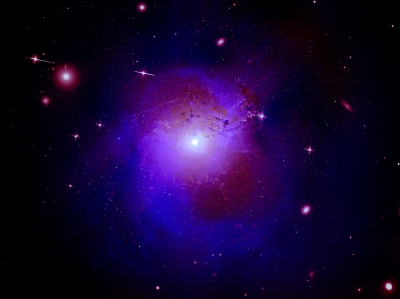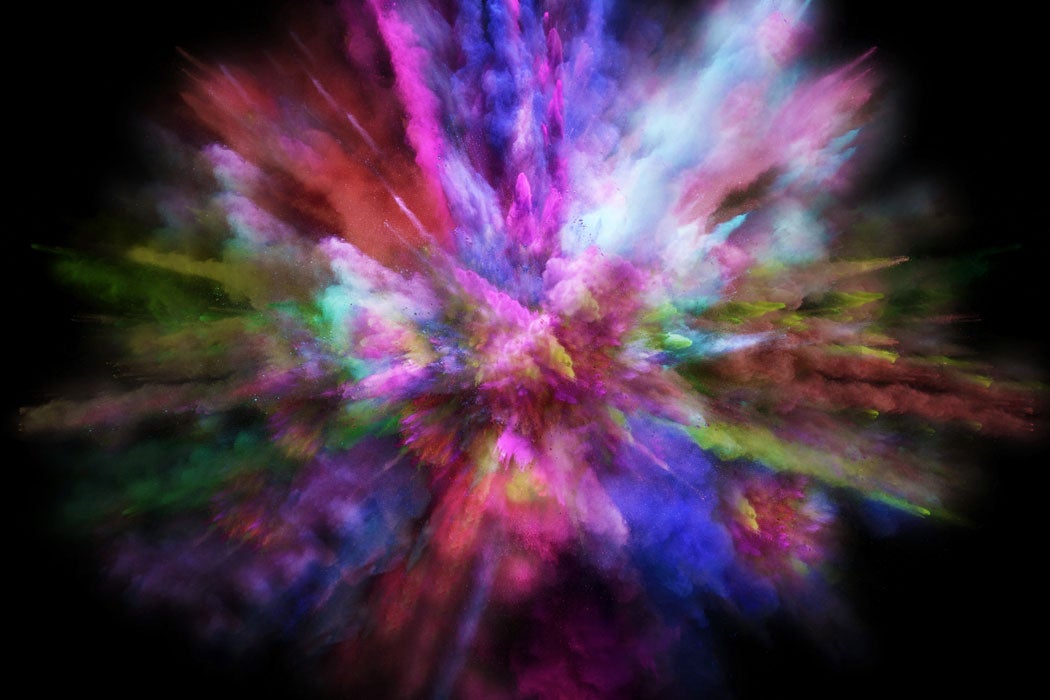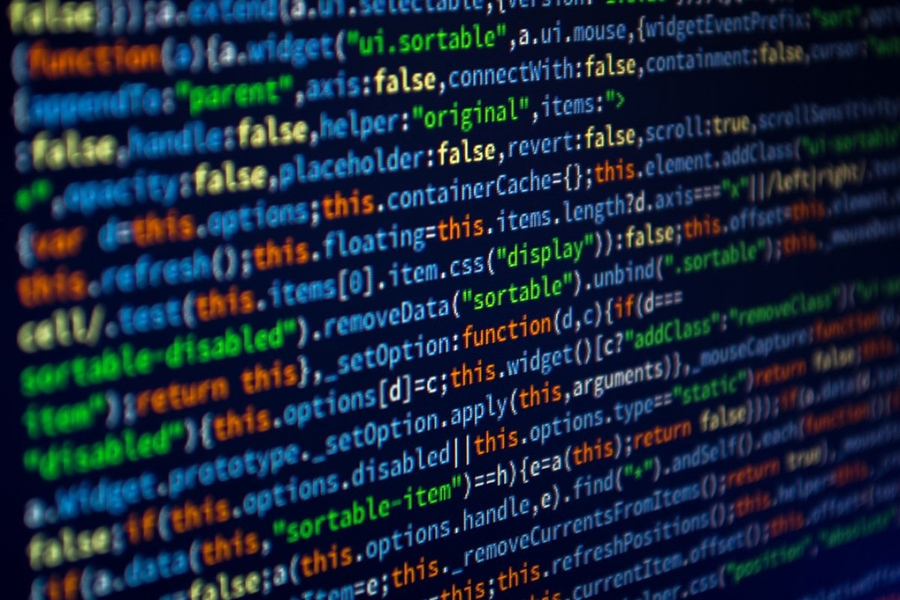The universe is at once familiar and unfathomable. We look up at the night sky and see stars glittering like ancient lanterns, galaxies swirling in graceful spirals, and a vast darkness that seems endless. Humanity has always sought to understand this cosmic expanse, weaving myths, stories, and scientific theories to explain our place within it. And yet, despite centuries of discovery, the cosmos still holds secrets that defy explanation. For every breakthrough, a new question emerges, reminding us that the universe is not a solved puzzle but an evolving mystery.
The greatest mysteries of the universe are not confined to distant galaxies or exotic phenomena; they touch on the deepest aspects of existence itself. What is most of the universe made of, when only a fraction of it shines as stars and planets? Why is the cosmos expanding faster than we can comprehend? Did time itself have a beginning, and does it have an end? And what role do we, fragile creatures of consciousness, play in a reality so vast?
Science has carried us far, revealing truths once thought unreachable. We can measure the echo of the Big Bang, capture images of black holes, and probe the building blocks of matter. Yet even these triumphs illuminate the enormity of what we do not know. In confronting these questions, we stand at the edge of human understanding, gazing into a frontier where mystery and wonder intertwine.
This exploration of the ten greatest mysteries of the universe is not a journey of definitive answers, but of awe. Each mystery is a window into a deeper reality, a reminder that the cosmos is both a scientific challenge and a poetic enigma. To follow these questions is to embrace the essence of being human: curious, searching, and forever reaching toward the stars.
1. The Puzzle of Dark Matter
The stars and galaxies that illuminate the night sky are dazzling, yet they represent only a small fraction of what exists in the cosmos. For decades, astronomers have measured the motion of galaxies, the bending of light from distant clusters, and the large-scale structure of the universe, only to discover something profoundly unsettling: most of the universe is missing from our direct view. Galaxies spin far faster than their visible matter should allow. Light bends around clusters more strongly than the mass of stars and gas can explain. These clues point to a mysterious, invisible substance—dark matter—that outweighs ordinary matter five to one.
We know dark matter is not made of the atoms and molecules that form stars, planets, and people. It neither emits nor absorbs light, passing through the cosmos like a ghost. Despite decades of effort, no telescope has seen it directly, and no particle detector has captured its identity. Is it made of exotic particles born in the Big Bang, such as WIMPs (Weakly Interacting Massive Particles), axions, or sterile neutrinos? Or does its very existence suggest our theories of gravity are incomplete?
The mystery of dark matter hangs over modern physics like a cosmic shadow. Without it, galaxies would fly apart, structures could not form, and the universe as we know it would unravel. It is the unseen scaffolding of the cosmos, a reminder that most of reality lies hidden beyond the reach of human eyes.
2. The Enigma of Dark Energy
If dark matter is an invisible anchor holding galaxies together, dark energy is its strange and even more powerful twin—an unseen force driving the universe apart. In the late 1990s, astronomers observing distant supernovae made a startling discovery: instead of slowing down under the pull of gravity, the expansion of the universe was speeding up. Some mysterious energy, filling the void of space itself, was pushing galaxies farther apart at an accelerating pace.
This “dark energy” makes up nearly seventy percent of the universe, dwarfing both dark matter and visible matter. Yet we do not know what it is. Some theories suggest it is the cosmological constant first proposed (and later abandoned) by Albert Einstein, a kind of vacuum energy intrinsic to space. Others propose dynamic fields that change over time, known as quintessence. The greatest mystery of all is its scale: why should the energy of empty space be so tiny compared to what quantum physics predicts? The mismatch is staggering, off by a factor of 10^120—the largest discrepancy between theory and observation in science.
Dark energy shapes the ultimate fate of the universe. If it remains constant, galaxies will drift apart until the cosmos becomes cold and lonely. If it grows stronger, it could tear apart stars, planets, and even atoms in a “Big Rip.” If it reverses, gravity may one day pull everything back in a “Big Crunch.” In the invisible hands of dark energy lies the destiny of everything that exists.
3. The Birth of the Universe
Every mystery in cosmology traces back to a single, profound question: how did the universe begin? The Big Bang theory tells us that 13.8 billion years ago, all space, time, matter, and energy were compressed into a hot, dense state that expanded rapidly. This model explains the cosmic microwave background—the faint afterglow of that primordial fireball—and the abundance of elements forged in its first minutes. Yet the moment of origin remains veiled in mystery.
What came before the Big Bang? Did time itself begin there, making “before” meaningless? Was the Big Bang the birth of everything, or simply the latest in a cycle of expansion and collapse? The theory of cosmic inflation suggests that in the universe’s earliest instant, space expanded faster than light, ironing out irregularities. But what set inflation into motion? Was it triggered by a quantum fluctuation, a phase transition in a primordial field, or a collision between universes in a larger multiverse?
The mystery of origins goes beyond physics to touch on philosophy and human imagination. In seeking the first spark of the cosmos, we are not merely studying galaxies and equations—we are confronting the very question of why there is something rather than nothing.
4. The Arrow of Time
We experience time as a steady flow from past to future. Memories are of yesterday, never tomorrow. Eggs crack but never un-crack, smoke disperses but never regathers. This asymmetry is so ingrained in human experience that we seldom question it. Yet the fundamental laws of physics, from Newton’s equations to Einstein’s relativity, are largely time-symmetric. They work just as well in reverse. So why, then, does the universe have a clear arrow of time?
The answer may lie in entropy, the tendency of systems to move from order to disorder. The second law of thermodynamics states that entropy always increases in a closed system, giving direction to time. But this leads to a deeper mystery: why did the universe begin in such an extraordinarily low-entropy state? The early cosmos, smooth and uniform, was far more ordered than it had any reason to be.
This puzzle hints that our understanding of time is incomplete. Is time itself emergent, arising from deeper principles we do not yet grasp? Could the arrow of time reverse in distant epochs of the cosmos? And if time has a beginning and an end, what does it mean to exist within its flow? In confronting the arrow of time, we are grappling not just with physics but with the nature of reality itself.
5. The Fate of Black Holes
Black holes are among the most extreme objects in the universe: collapsed stars so dense that nothing, not even light, can escape their gravity. They warp spacetime into bottomless pits, consuming everything that strays too close. Yet paradoxically, they may also be the keys to the deepest mysteries of physics.
In the 1970s, Stephen Hawking discovered that black holes are not entirely black. Through quantum effects at their event horizons, they emit faint radiation, now known as Hawking radiation, and can eventually evaporate. But this leads to the infamous “information paradox.” If black holes destroy the information of everything they swallow, it would violate a fundamental principle of quantum mechanics: that information cannot be lost.
So what truly happens inside a black hole? Does information somehow survive, encoded on the event horizon like a cosmic hologram? Do black holes connect to other universes through wormholes? Or does our very understanding of space and time break down at their cores, where singularities lurk?
Black holes are no longer theoretical. We have imaged the glowing rings of gas swirling around them and heard the ripples of spacetime from their collisions. Yet the heart of their mystery remains sealed, a riddle where relativity and quantum mechanics collide.
6. The Nature of Consciousness
Among the greatest mysteries of the universe is not distant galaxies or invisible forces but the very thing that contemplates them: consciousness. How does matter—arranged in the form of neurons and synapses—produce the experience of awareness, memory, thought, and self?
Neuroscience has mapped the brain in extraordinary detail, yet the subjective quality of experience, what philosophers call “qualia,” resists explanation. Why should electrical impulses and chemical signals feel like anything at all? Why does the color red look vivid, or music stir emotion? This “hard problem” of consciousness remains unsolved.
Some theories propose that consciousness emerges from complex information processing. Others suggest it may be a fundamental property of the universe, like space and time, embedded in the fabric of reality. The mystery of consciousness connects physics, biology, philosophy, and even spirituality, reminding us that the greatest unknowns may be within ourselves.
In trying to understand the cosmos, we face the paradox that the tool of understanding—our conscious mind—is itself one of the deepest enigmas in existence.
7. The Question of Extraterrestrial Life
The universe is vast beyond comprehension, with hundreds of billions of galaxies, each containing hundreds of billions of stars. Around many of those stars orbit planets, some rocky and Earth-like, some gas giants, some entirely alien in composition. By sheer probability, life should exist elsewhere. Yet as far as we know, Earth remains the only oasis of life in the cosmic desert. This is the paradox that haunts astronomy: if the universe teems with possibilities, where is everybody?
The search for extraterrestrial life has taken many forms: scanning radio signals for alien transmissions, probing Mars for microbial fossils, exploring the icy moons Europa and Enceladus for hidden oceans, and studying the atmospheres of exoplanets for chemical traces of biology. Despite tantalizing hints, no definitive evidence has emerged.
Perhaps life is rare, requiring improbable conditions. Perhaps civilizations tend to self-destruct before they can reach the stars. Or perhaps intelligent beings exist but remain beyond our detection, living in forms or dimensions we cannot yet perceive.
The mystery of life beyond Earth is not just scientific but existential. To discover we are not alone would reshape humanity’s view of itself, altering philosophy, religion, and our place in the universe. The silence of the cosmos may be temporary—or it may be a mirror reflecting our own solitude.
8. The Multiverse Hypothesis
Our universe appears fine-tuned for life. The strength of gravity, the charge of the electron, the speed of light—if any of these constants were even slightly different, stars, planets, and life could not exist. Why should the laws of physics be so delicately balanced?
One radical answer is that our universe is not unique. According to the multiverse hypothesis, countless universes exist, each with its own laws and constants. We inhabit one where conditions happen to permit life, simply because we could not exist in any other. Inflationary cosmology, string theory, and quantum mechanics all hint at the possibility of multiple universes beyond our own.
But if the multiverse exists, can it ever be proven? By definition, other universes may be beyond observation. Some physicists argue the multiverse is a philosophical idea rather than a testable hypothesis. Others believe subtle signatures—patterns in the cosmic microwave background, or collisions between bubble universes—might one day provide evidence.
The multiverse challenges our most basic assumptions. If reality extends beyond our universe, then everything we see is but one chapter in an infinite library of existence.
9. The Unification of Physics
Modern science is built on two towering pillars: general relativity, which describes gravity and the large-scale structure of the cosmos, and quantum mechanics, which governs particles and forces at the smallest scales. Both are extraordinarily successful within their domains, yet they are fundamentally incompatible. Gravity bends spacetime smoothly, while quantum theory describes a jittering, probabilistic world. At the heart of black holes and the first instant of the Big Bang, both frameworks are needed, yet they refuse to fit together.
The search for a unified theory of everything—one set of equations that can explain all forces and particles—has driven physics for decades. String theory proposes that fundamental entities are not particles but tiny vibrating strings. Loop quantum gravity suggests spacetime itself is quantized into discrete loops. Despite decades of effort, no definitive answer has emerged.
The unification of physics is more than a technical challenge; it is the quest to see reality whole. To solve it would mean unlocking the deepest architecture of the cosmos, revealing whether the universe is woven from vibrating strings, holographic surfaces, or principles we cannot yet imagine.
10. The Ultimate Fate of the Universe
All mysteries of the cosmos converge on one final question: how will it end? The universe has been expanding since the Big Bang, and dark energy ensures that this expansion accelerates. But its ultimate fate depends on the nature of dark energy and the interplay of cosmic forces.
If dark energy remains constant, galaxies will drift apart until only cold, dark remnants remain—a “heat death” where stars burn out and black holes evaporate. If dark energy strengthens, the cosmos may tear itself apart in a catastrophic “Big Rip.” If it weakens or reverses, gravity could halt expansion, collapsing everything into a fiery “Big Crunch.”
Some speculate about stranger possibilities: that new universes might bud off from the collapse of old ones, that time itself may loop, or that our universe will fade into nothingness, leaving only quantum fluctuations.
The fate of the cosmos is the ultimate mystery because it includes us. Every atom in our bodies, every memory, every song, every discovery—all are threads in the fabric of a story whose ending we do not yet know. To seek that ending is to confront not only the future of stars and galaxies but the destiny of existence itself.
Conclusion: Living Among Mysteries
The universe is a tapestry woven with unanswered questions. Dark matter, dark energy, the origin of time, the enigma of consciousness, and the fate of everything—these mysteries remind us that science is not merely a collection of answers but a journey of wonder. Each discovery reveals new unknowns, expanding the horizon of curiosity.
We live at a remarkable moment, able to peer into the depths of space and the heart of atoms, yet still humbled by how much remains beyond our grasp. The mysteries of the universe are not barriers to knowledge but invitations—to imagine, to question, and to reach for truths that may forever lie just beyond the stars.






